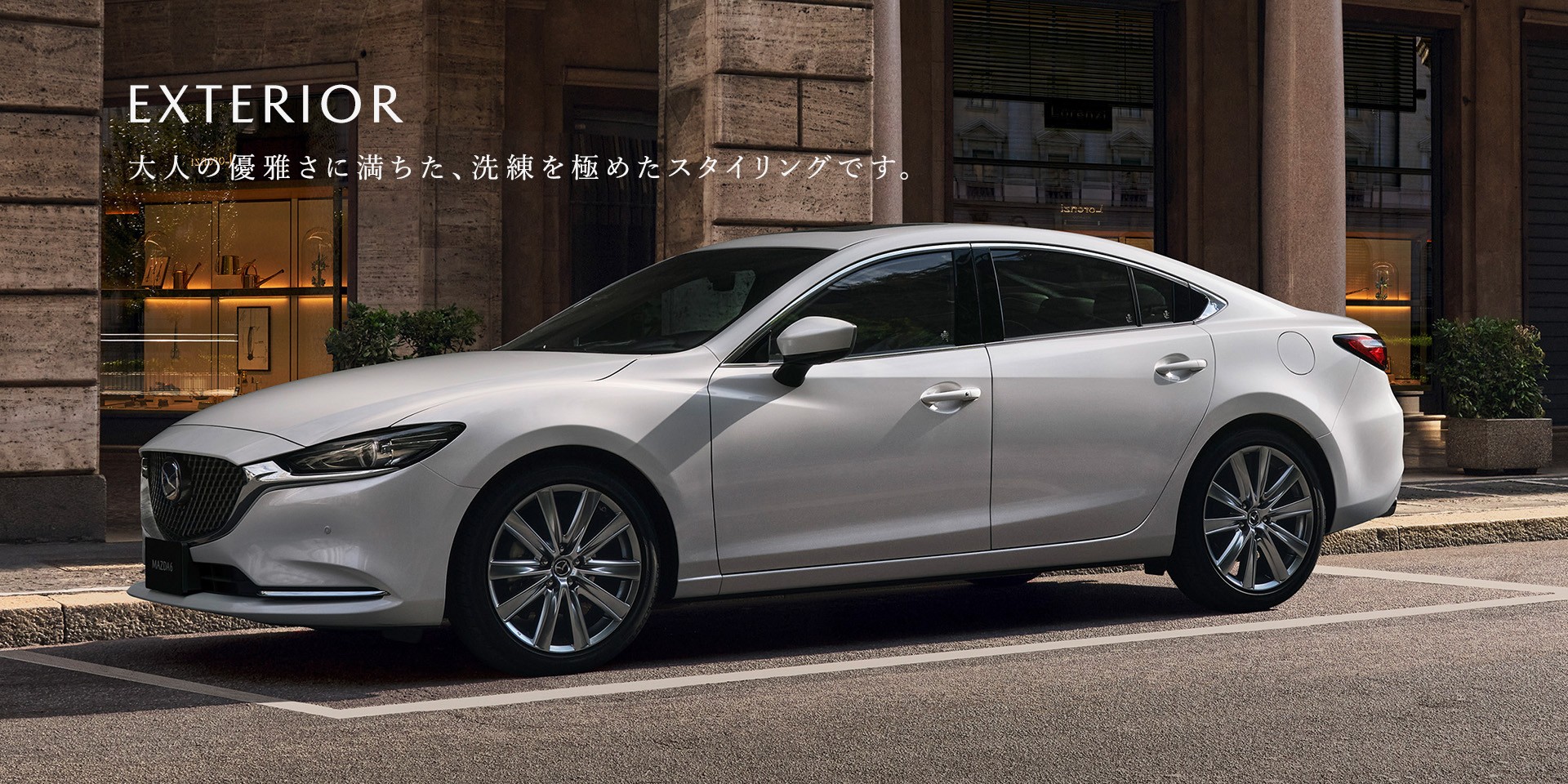The Mazda6, known as Atenza in some markets, represents a poignant narrative within the shifting dynamics of the automotive industry. Introduced in 2002 as the successor to the revered 626 model, it traversed three generations before facing a decline in relevance amidst the surge of crossovers, SUVs, and trucks.
Despite its initial versatility as a sedan, liftback, and station wagon, the current third generation, introduced in 2012, failed to sustain its momentum in an evolving market. Regrettably, the Mazda6 gradually retreated from various regions, including North America and Mazda’s home market, signaling its diminishing presence.

However, a recent trademark filing for a Mazda 6e has sparked optimism among enthusiasts, hinting at a potential electrified resurrection of the model. Speculations abound regarding its powertrain, with possibilities ranging from mild hybrid to plug-in hybrid configurations leveraging Mazda’s e-Skyactiv technology.
Artists like Vince Burlapp have created virtual versions of the Mazda6e that offer intriguing hints about what it might look like in the future. The car takes cues from the company’s most recent lineup and adds electric components for improved efficiency and performance.
While the fate of the Mazda6 hangs in the balance, its legacy endures as a testament to the challenges faced by traditional passenger cars in an ever-changing automotive environment.

